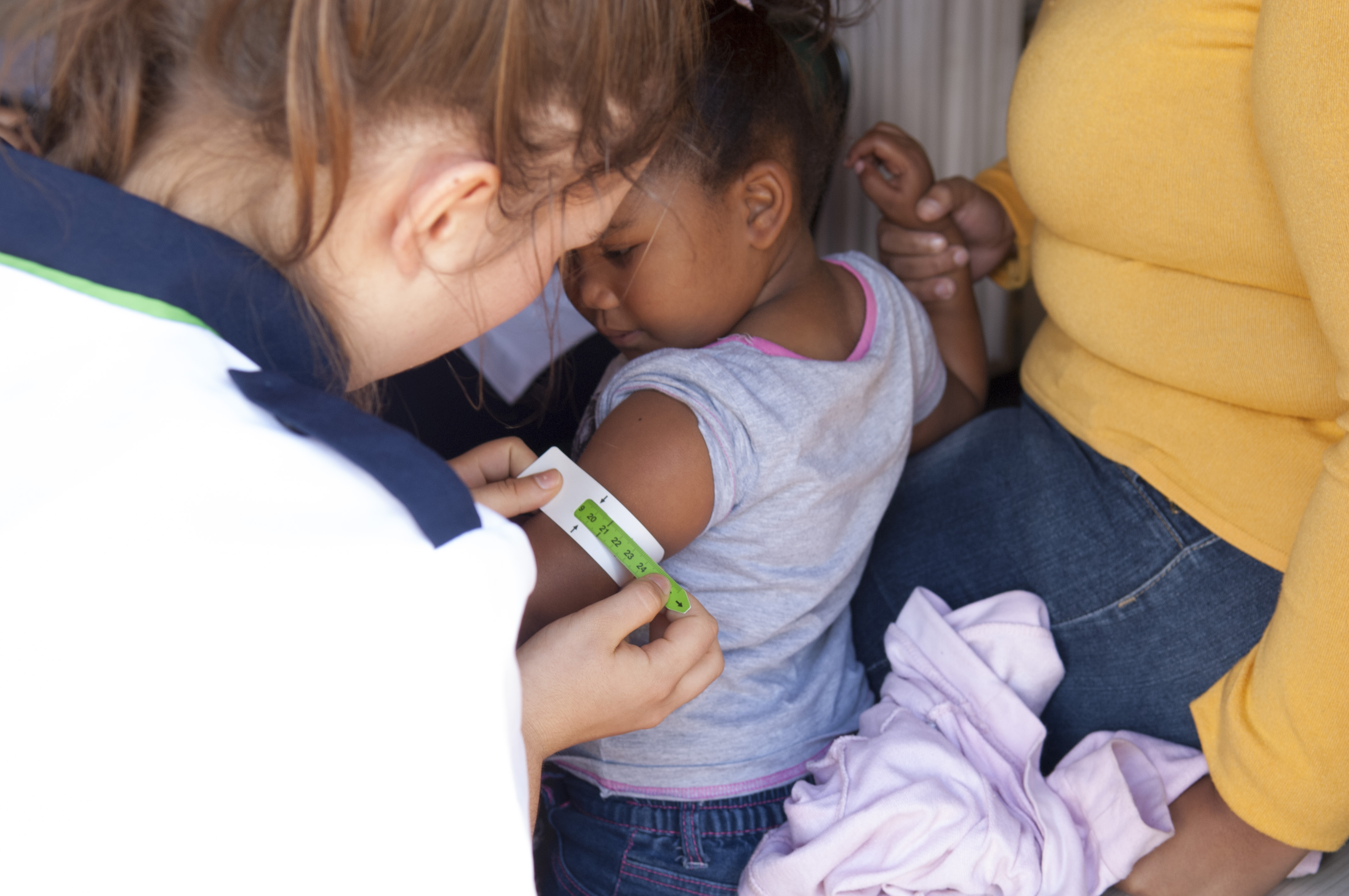Work with individuals of other professions to maintain a climate of mutual respect and shared values. (Values/Ethics for Interprofessional Practice)
Values/Ethics Sub-competencies
VE1. Place interests of patients and populations at center of interprofessional health care delivery and population health programs and policies, with the goal of promoting health and health equity across the life span.
VE2. Respect the dignity and privacy of patients while maintaining confidentiality in the delivery of team-based care.
VE3. Embrace the cultural diversity and individual differences that characterize patients, populations, and the health team.
VE4. Respect the unique cultures, values, roles/responsibilities, and expertise of other health professions and the impact these factors can have on health outcomes.
VE5. Work in cooperation with those who receive care, those who provide care, and others who contribute to or support the delivery of prevention and health services and programs.
VE6. Develop a trusting relationship with patients, families, and other team members (CIHC, 2010).
VE7. Demonstrate high standards of ethical conduct and quality of care in contributions to team-based care.
VE8. Manage ethical dilemmas specific to interprofessional patient/ population centered care situations.
VE9.
Act with honesty and integrity in relationships with patients, families, communities, and other team members.
VE10. Maintain competence in one’s own profession appropriate to scope of practice.
Use the knowledge of one’s own role and those of other professions to appropriately assess and address the health care needs of patients and to promote and advance the health of populations. (Roles/Responsibilities)
Roles/Responsibilities Sub-competencies
RR1. Communicate one’s roles and responsibilities clearly to patients, families, community members, and other professionals.
RR2. Recognize one’s limitations in skills, knowledge, and abilities.
RR3. Engage diverse professionals who complement one’s own professional expertise, as well as associated resources, to develop strategies to meet specific health and healthcare needs of patients and populations.
RR4. Explain the roles and responsibilities of other providers and how the team works together to provide care, promote health, and prevent disease.
RR5. Use the full scope of knowledge, skills, and abilities of professionals from health and other fields to provide care that is safe, timely, efficient, effective, and equitable.
RR6. Communicate with team members to clarify each member’s responsibility in executing components of a treatment plan or public health intervention.
RR7. Forge interdependent relationships with other professions within and outside of the health system to improve care and advance learning.
RR8. Engage in continuous professional and interprofessional development to enhance team performance and collaboration.
RR9. Use unique and complementary abilities of all members of the team to optimize health and patient care.
RR10.Describe how professionals in health and other fields can collaborate and integrate clinical care and public health interventions to optimize population health.
Communicate with patients, families, communities, and professionals in health and other fields in a responsive and responsible manner that supports a team approach to the promotion and maintenance of health and the prevention and treatment of disease. (Interprofessional Communication)
Interprofessional Communication Sub-competencies
CC1. Choose effective communication tools and techniques, including information systems and communication technologies, to facilitate discussions and interactions that enhance team function.
CC2. Communicate information with patients, families, community members, and health team members in a form that is understandable, avoiding discipline-specific terminology when possible.
CC3. Express one’s knowledge and opinions to team members involved in patient care and population health improvement with confidence, clarity, and respect, working to ensure common understanding of information, treatment, care decisions, and population health programs and policies.
CC4. Listen actively, and encourage ideas and opinions of other team members.
CC5. Give timely, sensitive, instructive feedback to others about their performance on the team, responding respectfully as a team member to feedback from others.
CC6. Use respectful language appropriate for a given difficult situation, crucial conversation, or conflict.
CC7. Recognize how one’s uniqueness (experience level, expertise, culture, power, and hierarchy within the health team) contributes to effective communication, conflict resolution, and positive interprofessional working relationships (University of Toronto, 2008).
CC8. Communicate the importance of teamwork in patient-centeredcare and population health programs and policies.
Apply relationship-building values and the principles of team dynamics to perform effectively in different team roles to plan, deliver, and evaluate patient/population- centered care and population health programs and policies that are safe, timely, efficient, effective, and equitable. (Teams and Teamwork)
Team and Teamwork Sub-competencies
TT1. Describe the process of team development and the roles and practices of effective teams.
TT2. Develop consensus on the ethical principles to guide all aspects of team work.
TT3. Engage health and other professionals in shared patient-centered and population- focused problem-solving.
TT4. Integrate the knowledge and experience of health and other professions to informhealth and care decisions, while respecting patient and community values and priorities/preferences for care.
TT5. Apply leadership practices that support collaborative practice and team effectiveness.
TT6. Engage self and others to constructively manage disagreements about values, roles, goals, and actions that arise among health and other professionals and with patients, families, and community members.
TT7. Share accountability with other professions, patients, and communities for outcomes relevant to prevention and health care.
TT8. Reflect on individual and team performance for individual, as well as team, performance improvement.
TT9. Use process improvement to increase effectiveness of interprofessional teamwork and team-based services, programs, and policies.
TT10. Use available evidence to inform effective teamwork and team-based practices.
TT11. Perform effectively on teams and in different team roles in a variety of settings.
© 2016 IPEC®. May be reproduced and distributed according to terms set forth in this document.

